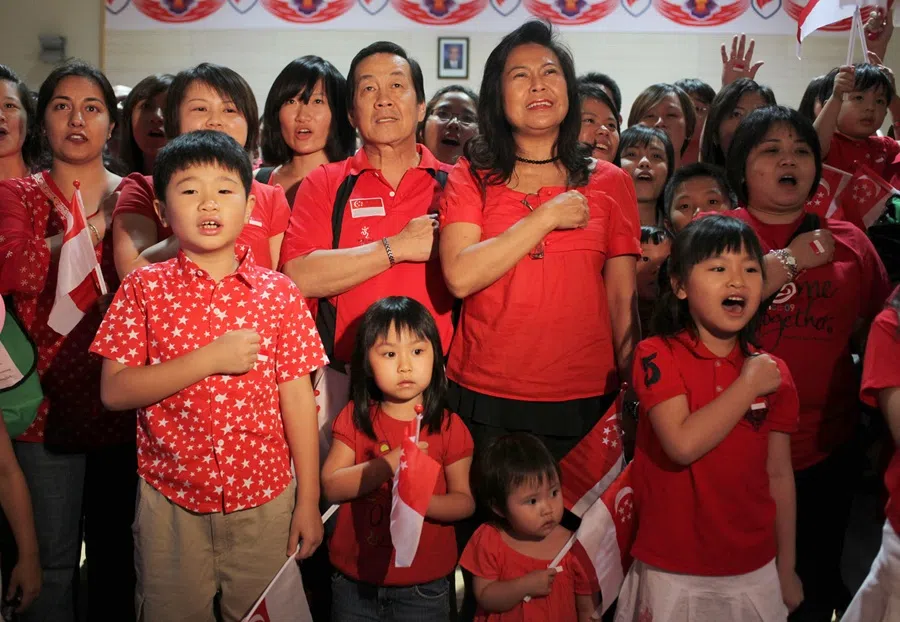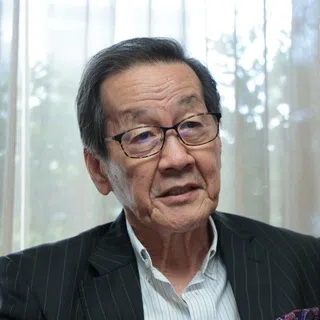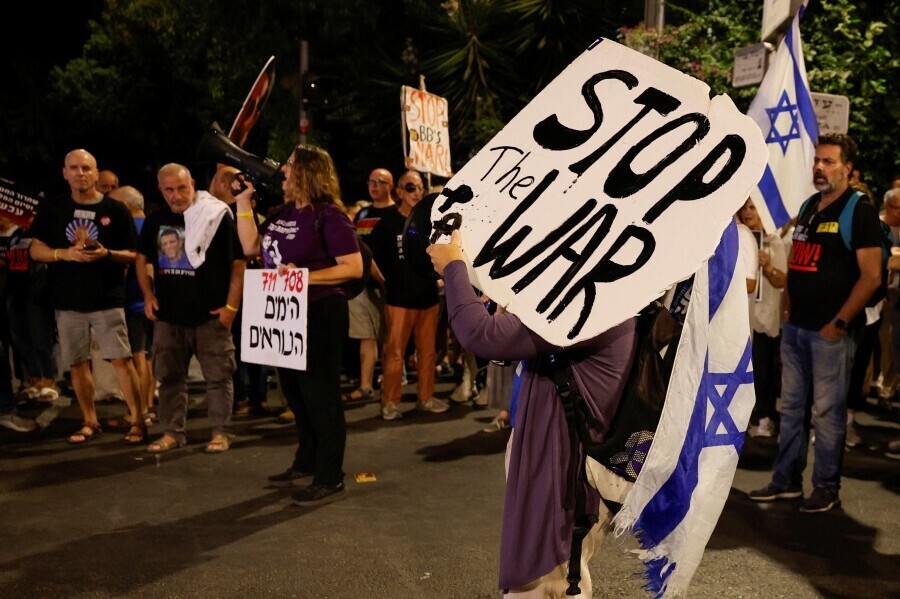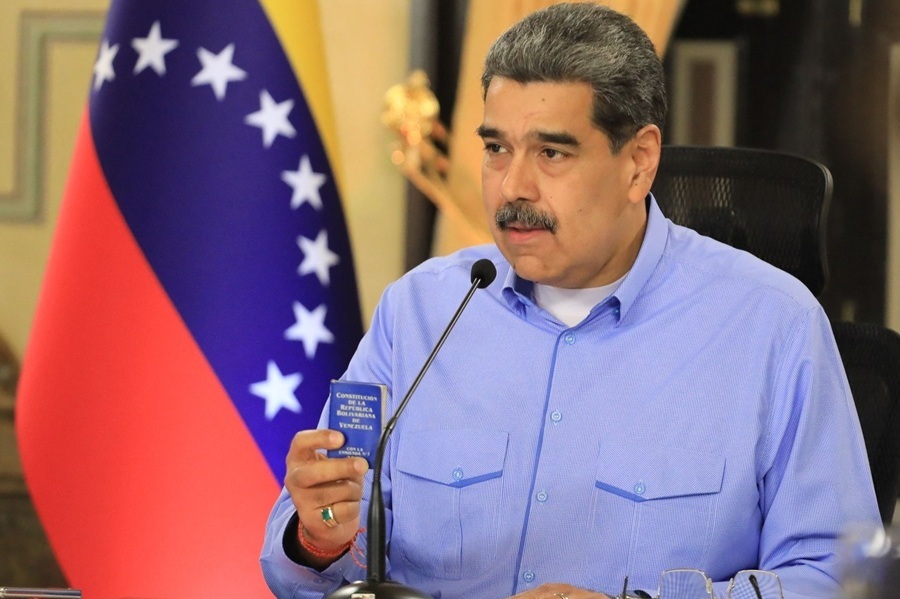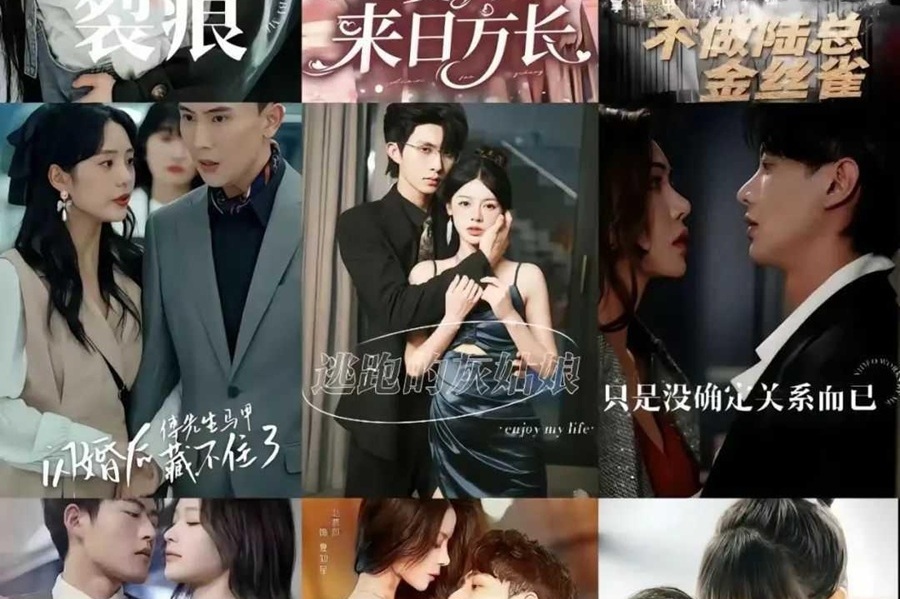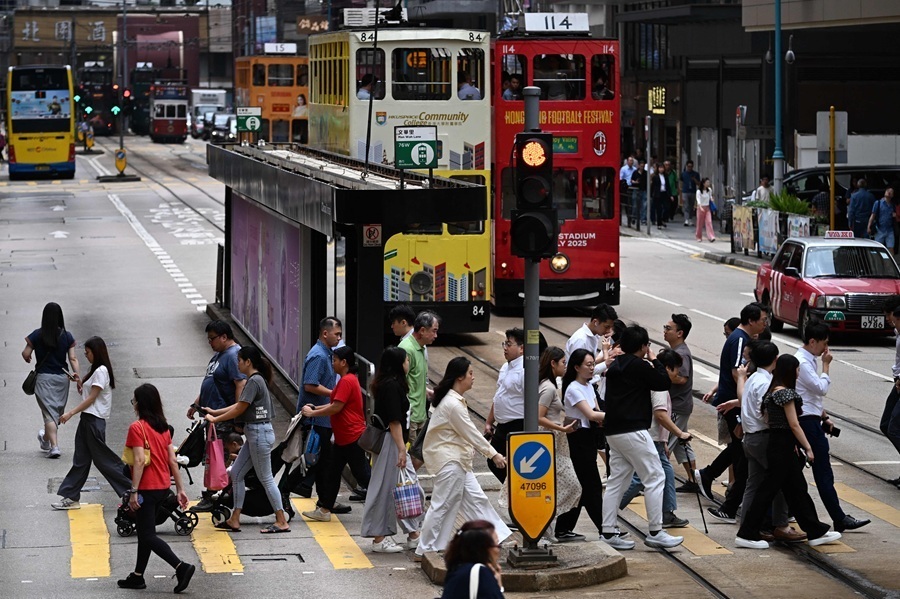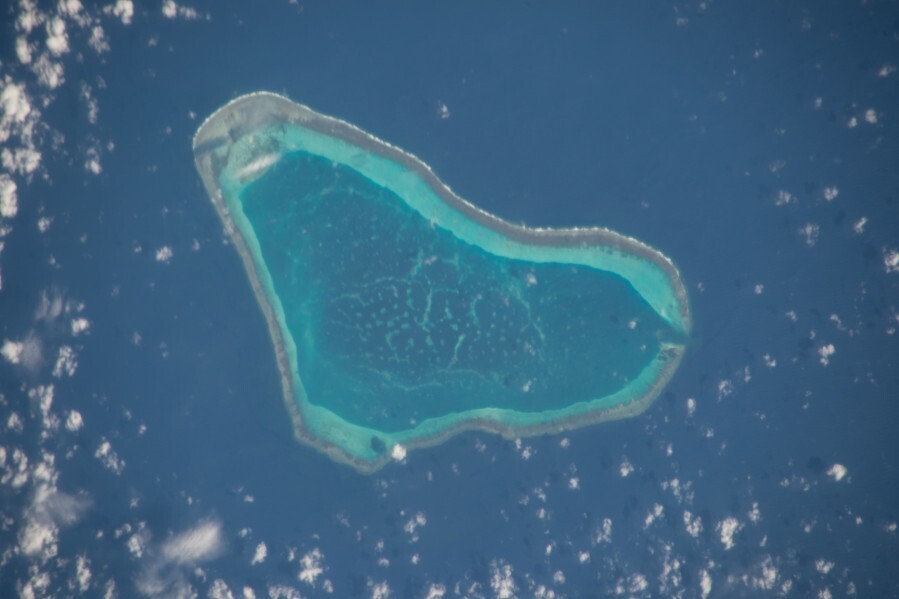Chin Siat Yoon: 14 years on the front lines of Singapore-China diplomacy
Chin Siat Yoon, Singapore’s longest-serving ambassador to China from 1998 to 2012, is the recipient of the 2025 Business China Excellence Award. Reflecting on decades of Singapore-China relations, he recalls early challenges such as the Suzhou Industrial Park issue and shares insights on building lasting cooperation amid today’s shifting global geopolitical landscape. This is an edited version of his speech.
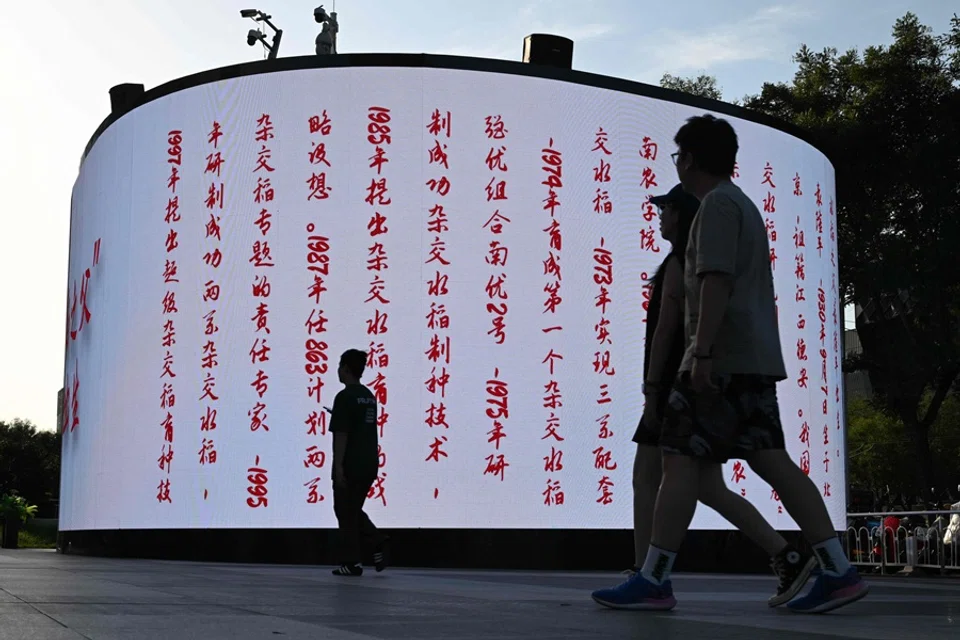
I stand before you today filled with a deep sense of gratitude and humility as I accept this Excellence Award. The award is not just a reflection of my individual contributions, which are modest. If that were the case, I would feel greatly embarrassed. Literally 愧领殊荣 (kuiling shurong, lit. I unworthily accept this exceptional honour).
Efforts large and small to build relations add up
Rather, the award is a testament of our collective effort to build bridges between the two countries. Indeed, you are very much part of this effort. I recall, for example, chairman Lee Yi Shyan giving an excellent presentation on the Economic Development Board (EDB) to then-visiting Chinese Premier Zhu Rongji in 2001. Zhu later told me that he was most impressed. All these encounters, large and small, government and private sectors, add up to gain us credibility and even respect in Chinese eyes.
I assumed [my ambassadorial] post in Beijing in February 1998. It was a short time after Deng Xiaoping’s Southern Tour (九二南巡). China was still relatively poor then, with a GDP of US$1 trillion and a per capita GDP of a mere US$830. But the reform and opening up (改革开放) policy was in full swing. Optimism filled the air. It was clear that there would be opportunities for mutual collaboration.
If the decision was to pull out, I would have to face the music in Beijing; but if the decision was not to pull out, then it would be incumbent upon me to resolve the differences. It was a most uncomfortable position.
Finding a solution to the Suzhou Industrial Park project
I started my tour of duty with a daunting problem, namely, differences between the two sides over the Suzhou Industrial Park or the SIP project. In a nutshell, the first four years of the project had not gone well. We were on the verge of pulling out. But given the prominence of the project, pulling out would have had significant costs — to our growing relations with China, and our standing in the world as a country that understood China. I was among the very few who opposed the idea of pulling out.
For me as the ambassador, it was lose-lose. If the decision was to pull out, I would have to face the music in Beijing; but if the decision was not to pull out, then it would be incumbent upon me to resolve the differences. It was a most uncomfortable position. I am glad that we managed to resolve the key differences, and stayed. Here, I want to specifically acknowledge the contribution made by former Minister Koh Boon Wan. He, in his earlier civil service incarnation, was our chief negotiator.
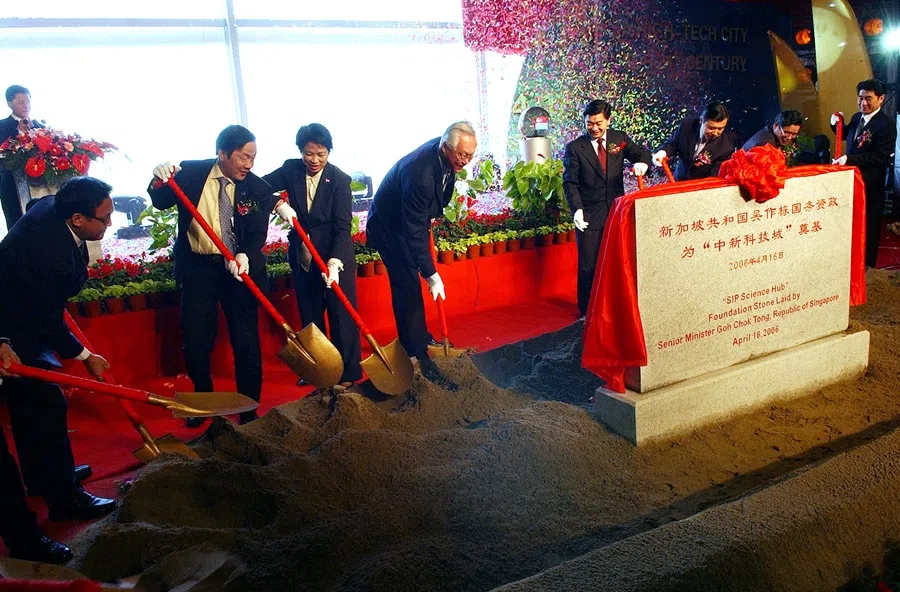
There was a Singaporean restaurant next to Pudong airport called 家家乐 (jiajiale). That was our meeting place before and after each round of negotiations. Suzhou is today seen as a model — not just a 试点 (shidian, pilot project), but a 典范 (dianfan, benchmark). It is gratifying to know that, even though our role in the project has, over time, greatly diminished.
I regard my 14 years in China as the high point of my diplomatic career. It was very challenging, but rewarding. I made many Chinese friends, and with their help, we were able to push through a number of initiatives of mutual benefit. Some of these remain in force to this day. Former Minister Chen Deming mentioned our bilateral free trade agreement (FTA). I first met Dr Chen when he became Suzhou mayor. Without him, we could not have resolved the SIP imbroglio.
At the micro-level, there were occasions when I encountered, mainly young officials, whom you could call precursors of “wolf warriors”. In the rare cases of particularly nasty individuals, I would remind them that my mother was a nursing sister during the war, and could well have saved their grandfathers...
Breaking new ground with an FTA
And working together, we became good friends. The FTA, the first China has with any Asian country, was inaugurated when Dr Chen was helming the commerce ministry. Another example is the Joint Council for Bilateral Cooperation or JCBC. Started in 2004 with the help of my friend Wang Yi, it is a high-level annual forum pegged at the deputy prime minister/vice-premier level. The next meeting of the JCBC will be its 21st, to be held in Chongqing later this year.
It was, of course, not all sweetness and light. At the micro-level, there were occasions when I encountered, mainly young officials, whom you could call precursors of “wolf warriors”. In the rare cases of particularly nasty individuals, I would remind them that my mother was a nursing sister during the war, and could well have saved their grandfathers, so they should be nicer to me. Most times, it was good enough to bring them down to earth.
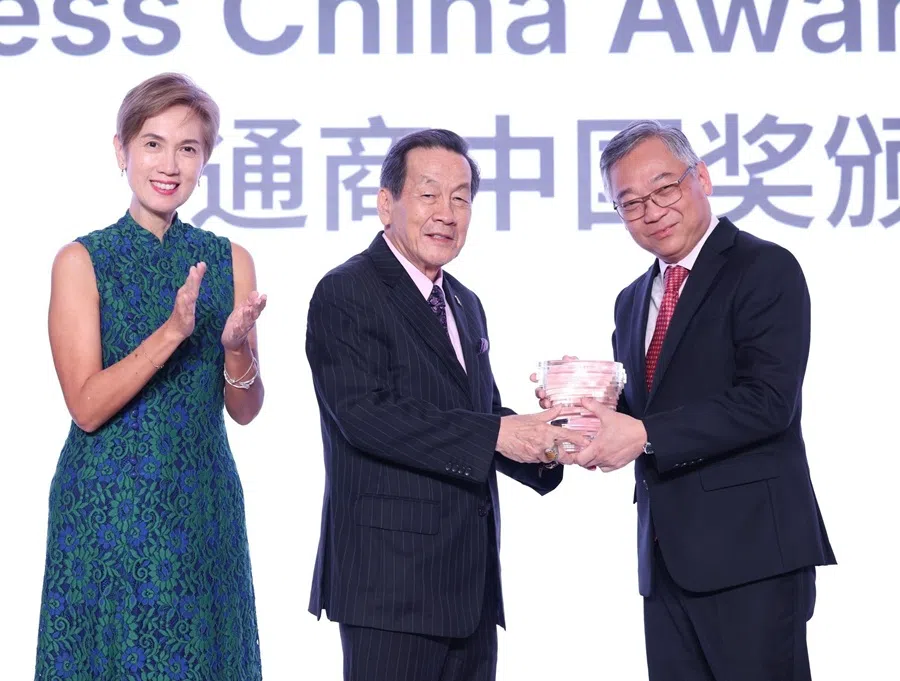
At the macro-level, we are two different countries, each with its own interests and way of seeing things. So there were the occasional glitches — some quite serious — in our relations, and these needed to be resolved through negotiations. The Chinese are very smart and very tough negotiators. Negotiating with them required not just strategic thinking, but empathy and understanding. All in all, these negotiations were a fascinating experience for me.
Lee Kuan Yew was, contrary to popular opinion, open to ideas different from his own. But he suffered no fools, so these ideas had better be backed by facts or solid arguments.
But they key reason why I regard my stint in China as the high point of my career was that it afford me the opportunity to work closely with Lee Kuan Yew — the greatest political mind of our time.
Lee Kuan Yew a guide
Lee Kuan Yew was, contrary to popular opinion, open to ideas different from his own. But he suffered no fools, so these ideas had better be backed by facts or solid arguments. There was always the lawyer in him that craved a good fight. We had many discussions, and all of them were risky ventures for me. In the autographed book From Third World to First that he presented to me, he included these words: “With many thanks for hours of useful info on China and its ways.” To me, that was a huge compliment.
I left Beijing for Tokyo in March 2012. By then, China’s GDP was about US$8.5 trillion with a per capita GDP of some US$6,500.
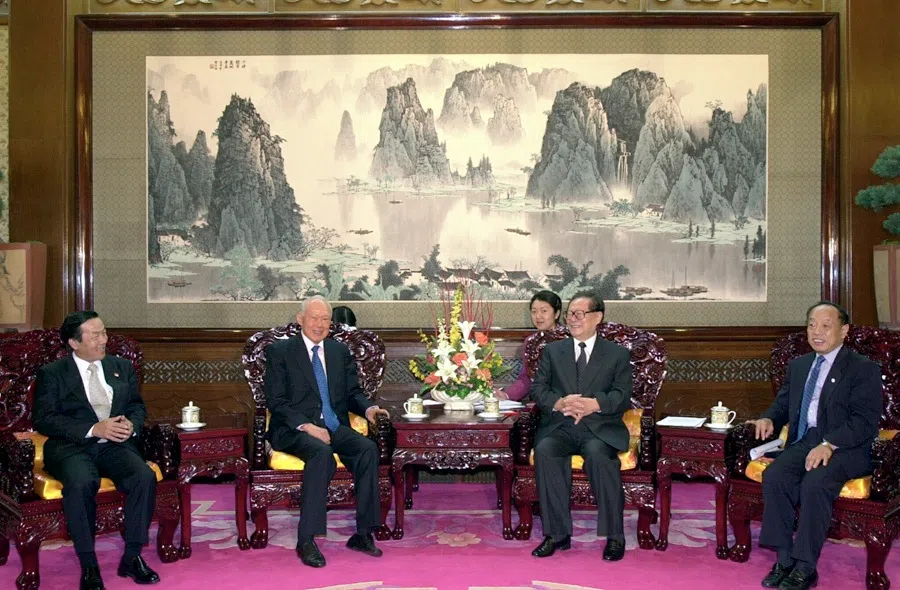
US-China rivary in today’s geopolitcs
13 years have since passed. Today, the world is in the midst of the greatest upheaval in geopolitical terms since at least the end of WWII. At the centre of this is the rivalry between US and China. To me, the best characterisation of the current fluid situation comes from political commentator Chas Freeman: “The old world is dying, the new world struggles to be born.” How to survive and continue to thrive in such a turbulent world is a challenge worthy of our brightest minds and the best diplomats.
Let me conclude by expressing my profound gratitude to all my bosses for their wisdom and guidance without which nothing could have been accomplished. I am deeply grateful to my colleagues in the Ministry of Foreign Affairs (MFA). As the first diplomat conferred this honour by Business China, I hope this award will help to highlight MFA’s good work, which is critical but often under-rated. I cannot thank enough my staff in Beijing Mission. Without their dedication, hard work and ideas, my job would have been much more daunting than it was.
Last but not least, I would like to register my appreciation to my wife Lee Moi. She has an attractive personality, and that helped me enormously in expanding my social circles in China. The ladies’ network in China is very important. Everyone who has had any dealings with China will agree that in China, it is often not the 老板 (laoban, boss) that you need to watch out for, but the 老板娘 (laobanniang, boss’s wife or boss lady)! It is no wonder that we see so many lady CEOs from China today.
I have taken up too much of your precious time. Thank you once again for this incredible honour.
